TEUN CASTELEIN: IRRITATION AS INNOVATION
Teun Castelein’s (1980) LinkedIn page reads: artist, one-man-conglomerate, social dreamer. It’s the perfect summary of Teun’s work and his entrepreneurial and artistic adventures. Adventures that included a fully corona-proof One Man Flower Parade, selling Arctic ice cubes on Amsterdam’s Museumplein, and setting up a cruise made up of a team of former refugees and a fleet of refugee boats. We spoke to Teun about creativity as a toolset, how irritation fuels innovation and the importance of sharing ideas, however crazy they may seem.


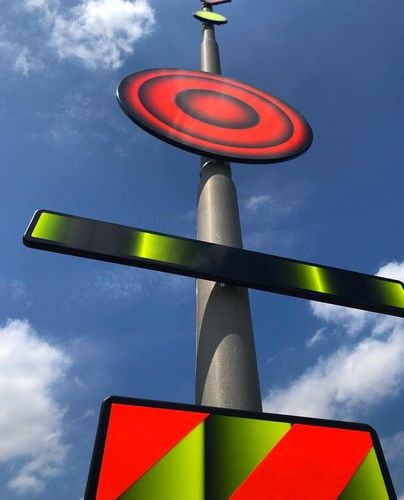
So, let’s start with the big question: what is creativity?
TC: ”Because I’m an artist, creativity and art go hand in hand: I consider creativity a toolset to create art.”
And is that a toolset you naturally possessed or something you acquired over the years?
TC: “I had to learn these tools, which is, in essence, a set of thinking techniques. I have narrowed it down to 7 tools that I use in my own art, the workshops I give to companies, and the classes I teach at the Willem de Kooning Academy.
The number one thing I always tell people is: dare to think. It’s like that Hannah Arend quote: ‘There are no dangerous thoughts for the simple reason that thinking itself is such a dangerous enterprise.’
Overall, people are creative; they just need to find the courage to act on it. So you need to give people both the tools and confidence to help them express all the crazy thoughts and ideas they have.”
"OVERALL, PEOPLE ARE CREATIVE; THEY JUST NEED TO FIND THE COURAGE TO ACT ON IT."
Back to the toolset: you mentioned you have a list of 7 thinking techniques. Care to share some?
TC: “Sure. When something isn’t going to plan, try making it worse. We’re so used to thinking about solutions, but if you make the problem bigger and start thinking in contrasts, the answer becomes much more radical.
I also believe that two negatives make a positive. When visiting companies, I usually start by listing all the things that annoy people: the irritation inventory. One person might mention that there’s never any soap, while someone else might have a problem with the company’s strict hierarchy. Writing down all these grievances is a very cathartic exercise. But then you combine two of those irritations and end up with something positive. For instance, you make the CEO chef soap. He becomes solely responsible for making sure there is enough soap. As a result, the shortage of soap is history, and it immediately affects the company’s hierarchy.”
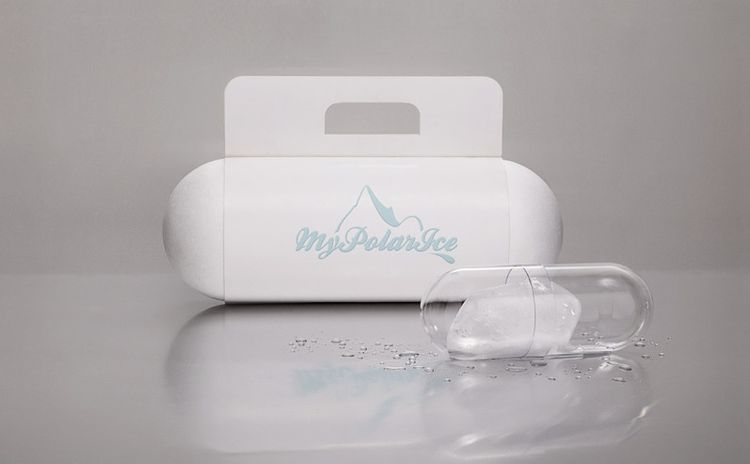


But why focus on sources of irritation? It seems a rather negative starting point.
TC: “Irritation is innovation. It sounds cheesy, but in my workshops, this little slogan works like a charm. When you are annoyed by something, it means there is an emotion, and emotions are always a good starting point for a project.
I tell my students at the Willem de Kooning to always carry a notebook and write down things that annoy, frustrate or anger them. I also urge my students to sketch any idea they may have. Don’t limit yourself to words and texts: start drawing.”
“HERE I THOUGHT I WAS A BRILLIANT ARTIST; TURNS OUT IT COULD ALL BE REDUCED TO A SYSTEM!”
Sound advice. Do you use all these tools in your work as well?
TC: “I do, but I wasn’t aware that I did till a friend of mine approached me to give a workshop. He has an advertising agency and liked my work because it links to branding and has a media quality to it. He asked if I could do a presentation for his team. And so I started thinking about my work method. When do I decide to take on a project? It has to move me in some way. And then I think about where I, as an artist, stand in this whole thing and what would make for an interesting standpoint. I concluded that I took the same steps with each project. And that realization scared the hell out of me. Here I thought I was a brilliant artist; turns out it could all be reduced to a system!”
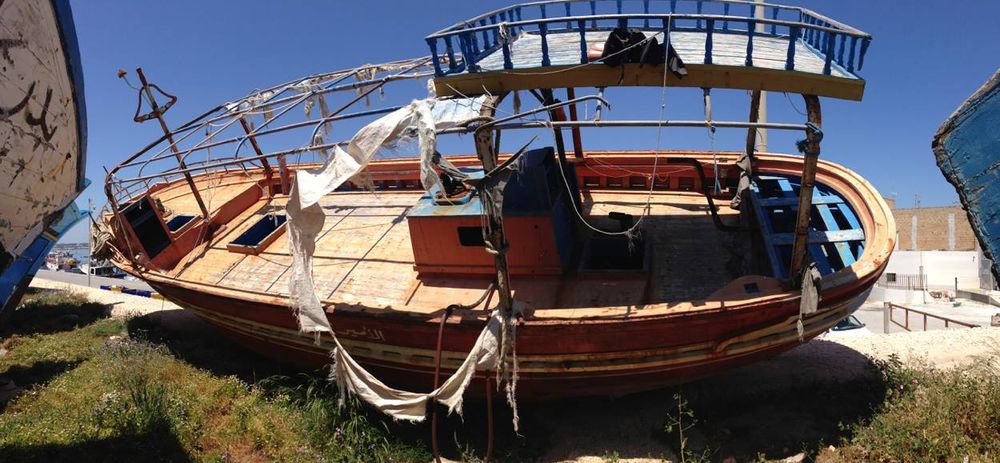

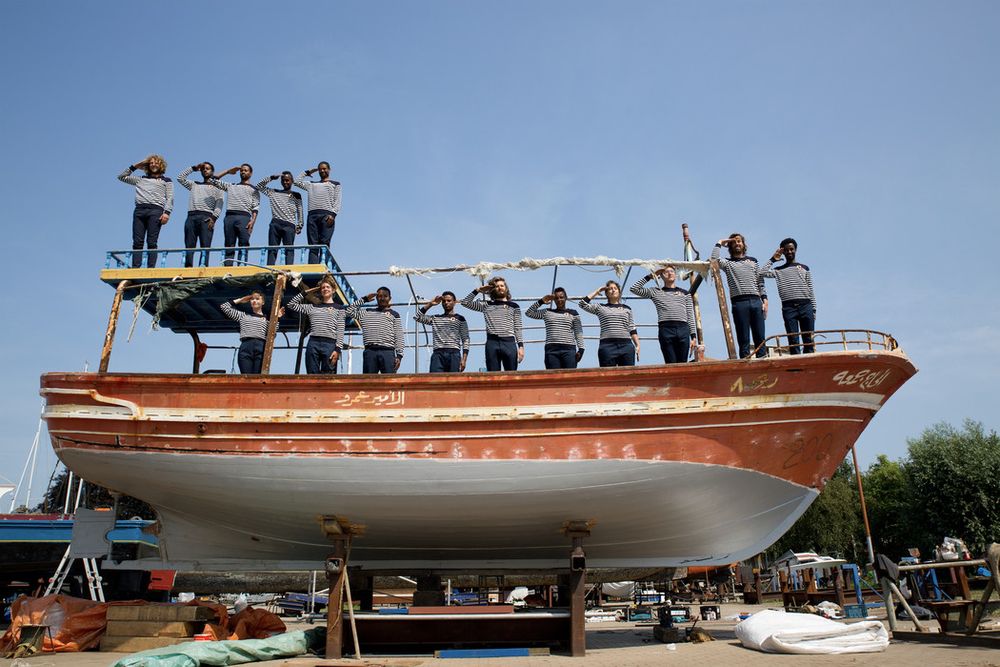
Funny, the very thing that scared you, i.e. your systematic way of working, is what empowers the people you teach in your classroom and workshops.
TC: “Exactly! When I present my work, people sometimes wonder how I come up with this stuff. And then, I explain how exactly I come up with this stuff, and it empowers them. I give them very tactile assignments. Ask everybody to bring a newspaper to class and start cutting out stories that move them. And then we use the available tools: make the problem bigger, exaggerate something or bring it closer to home like we did with the MyPolarIce project for which we sold arctic ice on Amsterdam’s Museumplein. Everybody knows the arctic is melting, but what if we sold the last ice in Amsterdam? It’s funny but also incredibly painful. We’re all going down because of hyper-capitalism, and then we take the last arctic ice and turn it into a commercial product.
Bringing things closer to home, literally, is also what we did with the Rederij Lampedusa project: we all read and saw the news about refugees sailing to Europe on boats. I wanted to bring them here and let them take part in Sail. But speaking to these former refugees, they had no interest in simply playing a part in an art project, which is why it ended up a social enterprise. That to my is also creativity: having faith in the process, not clinging to original ideas, but allowing things to evolve.”
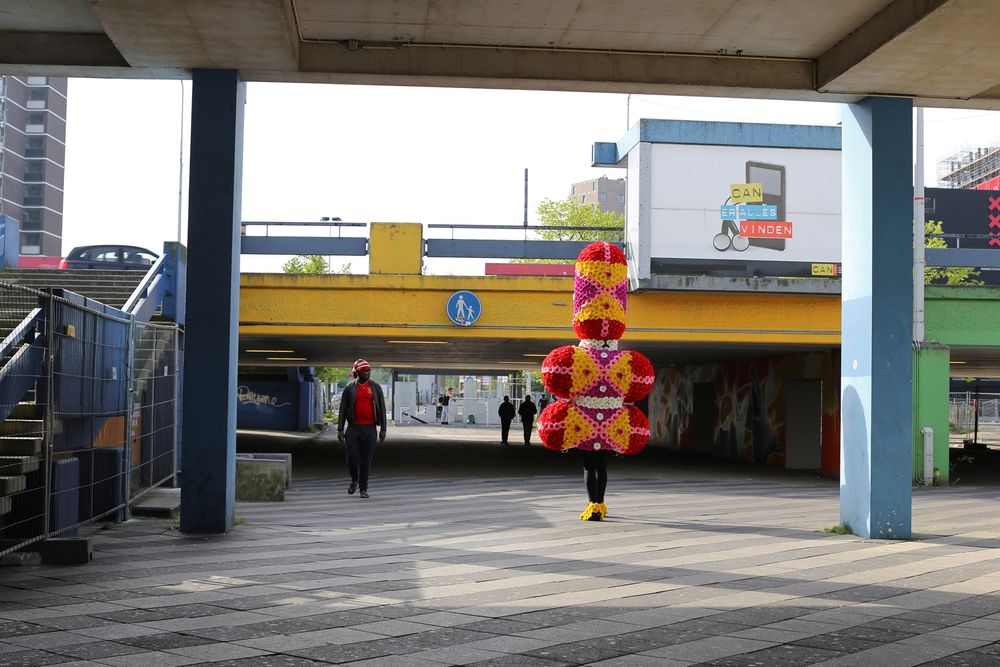


You were the first man online [on the website www.teun.nu, you could find Teun Castelein on a 1:1 scale], but on the whole, you’re not too bothered with digital art. Why is that?
TC: “I think about that a lot. My generation's artists that are doing really well have almost all gone digital. And in 30 to 40 years from now, we’ll look back and say that this was the time of digital awaking, but in all honesty: it doesn’t interest me.
My projects can be found in real life, and, sometimes, literally on the street. I want to make work that appeals to a large part of the population. Things like the Flower Corso. Or sand sculptures. I’d also love to do a project using the kind of old-school airbrushing you see on trucks and carnival wagons. I’ve used digital techniques in my work, but I prefer taking a newspaper, lying it on a table, and cutting out stories. I love thinking about new projects, but not behind a computer screen. The biggest creativity blocker? Going online to look for inspiration! Pinterest kills all creativity.”
“PINTEREST KILLS ALL CREATIVITY.”
Want to see more of Teun's work? Check out his TIOC profile, which includes one of his latest projects: Pride Choir.


Comments